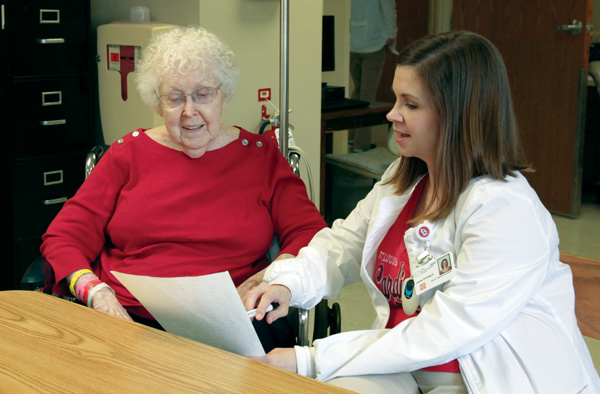In a culture that cheers on the foods that will kill us – bring on the fried Twinkies, fried potatoes, fried macaroni, fried pickles, fried everything – we don’t seem to be able to keep from eating ourselves to death in one of the most advanced societies in the world. Most people take their health for granted until something happens.
Sometimes health problems don’t crash into life but sneak quietly in, and many people don’t notice them. Some things like stress can be managed if taken seriously. Consciously changing lifestyle for better health priorities (by taking time off work to relax or using products like CBD gummies) can make a huge difference. However, many lack such motivation or believe that their health problems will go away on their own. That is how serious issues like stroke or the symptoms of heart disease start appearing.
Review the following possible symptoms of a stroke: sudden numbness or weakness in the face, arm or leg, especially on one side of the body; sudden confusion, trouble speaking or understanding; sudden difficulty seeing in one or both eyes, dizziness, loss of balance or coordination; or sudden severe headache with no known cause.
Hypochondria notwithstanding, since some people already have AED machines in their homes should they ever suffer a heart problem and need reviving, people need to pay attention to what their own bodies are trying to tell them.
If the symptoms won’t pull us up short, how about the national statistics coming from the research department of the American Heart Association: Direct and indirect costs of cardiovascular diseases and stroke total more than $316.6 billion. That includes health expenditures and lost productivity. Stroke kills someone in the U.S. about once every four minutes.
At St. Elizabeth’s Hospital in Belleville, speech and language pathologist, Laura Lake, said she works with stroke victims as well as others who need therapy.
“We work on speaking, thinking and swallowing,” she said.
Lake said people who are recovering from strokes or surgeries (perhaps done by a surgeon similar to dr timothy steel) receive intensive therapy in the hospital as they return to normal function.
Being able to resume normal activities and socialize helps seniors maintain their lifestyles and stay in their homes.
“Get out to church, to exercise or go to the library,” Lake said. “Stay socially active.”
Although today’s news is not necessarily uplifting or encouraging, folks are urged to watch or listen to the news, and read. By keeping up with current events, it’s easier to “have an educated conversation.”
Responding quickly to the onset of symptoms will often pave the way to recovery. When a patient suffering a stroke is admitted to the hospital, Lake said: “We go in day one or two to make sure the patient can swallow,” an important part of recovery – being able to swallow.
While developing rapport with a patient, the staff can begin to test memory as they “get to know them. We want them to feel comfortable,” Lake said.
The memory plays a role in safety, Lake said. The staff gives the patient problems to solve to check on their memory.
Lake always wanted to work in a hospital setting, and seeing the progress people make as they regain their mobility and memory is satisfying.
“It’s so rewarding to help people get back the swallow function,” she said.
Many aspects of the therapy go together to increase a person’s skills. “It’s not just helping people talk,” Lake said. “We see how everything fits together, and it’s exciting to see.”
For more information, please go to steliz.org







